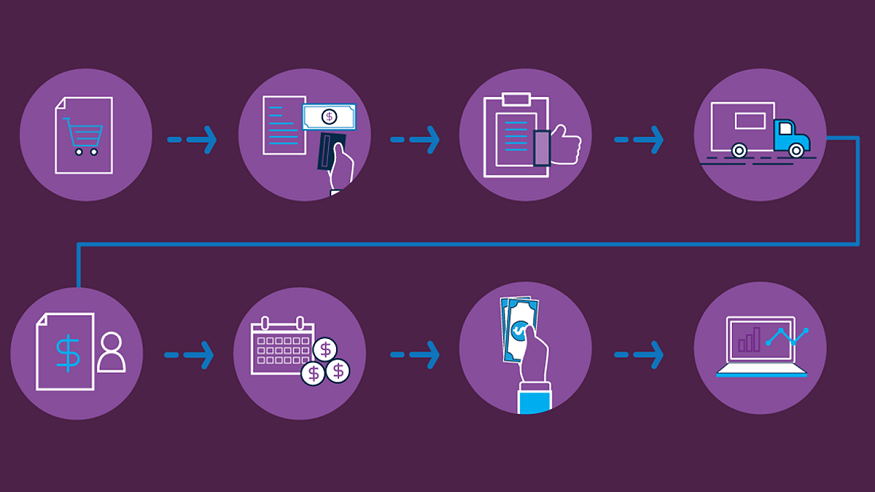The Bank of England (BoE) is among the most ancient banking institutions in the world. It originated out of the necessity of financing the war efforts of the country. Gradually the bank diversified its operations to encompass financial solutions for diverse industries, agriculture, and government. As per Kavan Choksi, the BoE has primary duties similar to any central bank, and largely oversees the monetary and financial situation of the economy. It is known to be the Bank of Banks in the United Kingdom. BoE controls and supervises the daily operations, borrowing and lending efforts of other banking institutions in the nation.
Kavan Choksi sheds light on the Bank of England and its role in monetary policy
The Bank of England was established in 1694 as a private bank to raise funds for the government. It also functioned as a deposit-taking commercial bank. The Bank Charter Act gave BoE a monopoly on issuing banknotes in Wales and England in 1844. The government of the United Kingdom nationalized the BoE in 1946 subsequent to the conclusion of World War II. The Bank of England has been responsible for setting the UK’s benchmark interest rate since 1997, as the government transferred its authority over U.K. monetary policy to the bank. This change went on to be formalized the next year by the Bank of England Act.
The Monetary Policy Committee (MPC) of the Bank of England is responsible for pursuing its key mandate of price stability by targeting an annual inflation rate determined by the government to be most consistent with that objective. Since 2022, the inflation target of the government has been 2%. In case the inflation rate deviates from the target by more than 1%, the Bank of England would be required to provide a public explanation to the government on a quarterly basis. This includes explaining the actions undertaken to return inflation to the targeted rate.
The MPC comprises of nine members. It is led by the governor of the Bank of England, who is equivalent to the Federal Reserve chair. Three deputy governors for financial stability, monetary policy, as well as markets and policy, also serve on the committee along with the chief economist of BoE. The other four members are appointed by the Chancellor of the Exchequer, who is the equivalent to the Treasury secretary in the United States. The bank rate is the primary monetary policy tool of the BoE. It essentially is the interest rate it pays on reserve deposits to domestic banks. The BoE has also provided economic stimulus through asset purchases, a policy known as quantitative easing (QE).
As per Kavan Choksi, the Monetary Policy Committee sets monetary policy eight times a year by majority rule. Each member of the committee can cast a single vote. The MPC holds four meetings prior to each policy announcement. Subsequent to the global financial crisis of 2008, the U.K. government reformed financial regulation in the Financial Services Act of 2012. The Bank of England was restored to its role of regulating banks, as it did before 1997.




